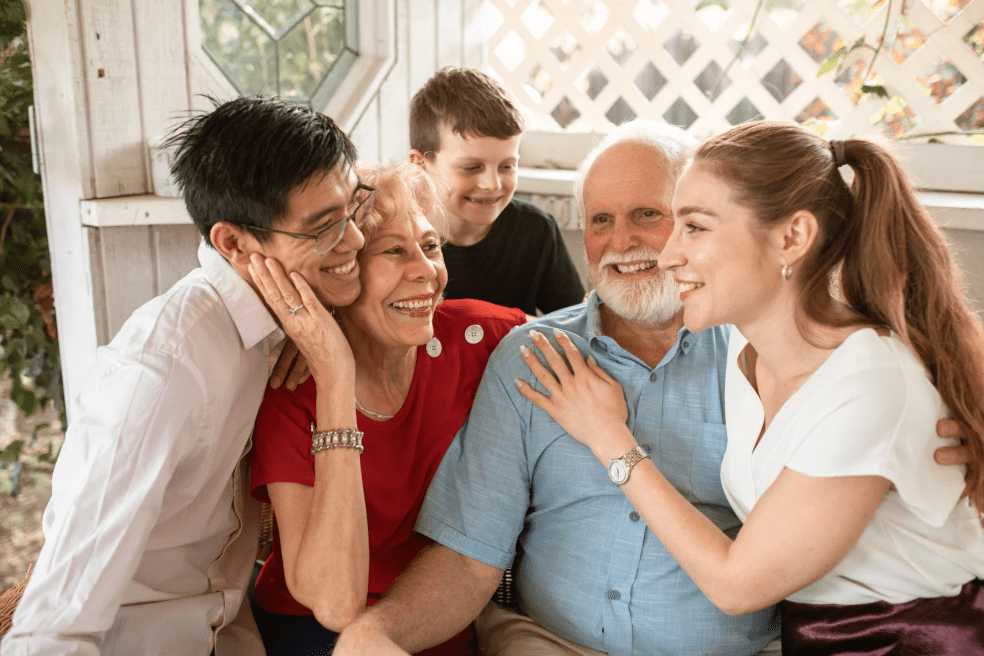Table Of Contents
The Diagnostic and Statistical Manual, 5th edition (DSM-5) has significantly changed the way psychologists and psychiatrists diagnose Post-Traumatic Stress Disorder (PTSD). The new DSM-5 criteria for PTSD arise from the DSM-5 completely changing PTSD’s category of disorder. It was considered an Anxiety Disorder, but now it is a “trauma and stressor-related disorder.” Creating this new class of disorders is significant, because it means that the American Psychiatric Association has identified different kinds of disorders that arise from exposure to a traumatic event. All of the disorders in this new class of “trauma and stressor-related disorders” share a common criteria: exposure to trauma.
New DSM Category for Trauma and Stressor-Related Disorders
So what is different about the disorders in the new category? The DSM-5 differentiates the disorders in the category using different combinations of specific symptoms: expression of anxiety, externalizing anger or aggression, levels of depressive symptoms, and dissociative events. This is important, because it could mean that veterans who do not receive a diagnosis for PTSD may, in fact, suffer from some other kind of “trauma and stressor-related disorder” that the VA could service connect. Veterans and advocates should read the entire list of disorders in the “trauma and stressor related disorders” category and keep this list in mind when reviewing medical records.
Other Changes to PTSD Diagnosis
Another change is sub-dividing Criterion C. In the DSM-IV, Criterion C included “avoidance and numbing.” The DSM-5 subdivides those into Criterion C and Criterion D. Criterion C is “avoidance” and Criterion D is “negative alterations in cognitions and mood.” This subdivision more clearly defines the behavior that PTSD sufferers manifest according to clinical evidence. For example, the new Criterion D specifically lists what is commonly called “survivor guilt.” The DSM-5 describes this as “persistent distorted blame of self or others for causing the traumatic event or for resulting consequences.” This is entirely new language that is not present in the DSM-IV.
Another change from sub-dividing the DSM-IV Criteria C is that the sheer number of Criterion C elements has been reduced. The new Criterion C language in the DSM-5 is much simpler:
- Persistent effortful avoidance of distressing trauma-related stimuli after the event
- Trauma-related thoughts or feelings
- Trauma-related external reminders (e.g., people, places, conversations, activities, objects, or situations)
This simplification is consistent with the DSM-5’s emphasis on behavior – “negative alterations in cognitions and mood,” Criterion D. The number of elements needed from Criterion D has remained the same: two.
Effects to Veterans from DSM-5
Studies cited by the VA suggest that the prevalence of PTSD will decline slightly under the DSM-5. The fact that the total number of required symptoms has been reduced, especially in the avoidance “cluster,” may indicate that prevalence will actually increase. What is certain, however, is that the diagnostic tools the VA uses – like Disability Benefits Questionnaires, CAPS, PC-PTSD and PCL tests – will require revision to match the changes in the DSM-5. Changes in thinking from upper chain of command usually results in some errors. People need time to adapt. So, veterans should carefully scrutinize their C&P exams in light of the new DSM-5.
Advocates Help Veterans with New PTSD Criteria
Our advocates for veterans will stay on top of the new PTSD criteria and alternative diagnoses available for disabled vets in need of VA disability compensation. Learn more about VA disability benefits for PTSD or contact Veterans Help Group for a free case evaluation. Helping veterans and their families is all we do.

Veterans Help Group Serving Our Community
Veterans Help Group Serving Our Community By Bobbi Boudi, Director of Community Outreach & Amy...

How Much Back Pay Will You Receive?
What is VA Disability Back Pay? VA disability back pay is payment for benefits the veteran was...

Your Guide to VA Ratings: Sleep Apnea
Your Guide to VA Ratings: Sleep Apnea Sleep apnea can be a serious condition that may impact...





